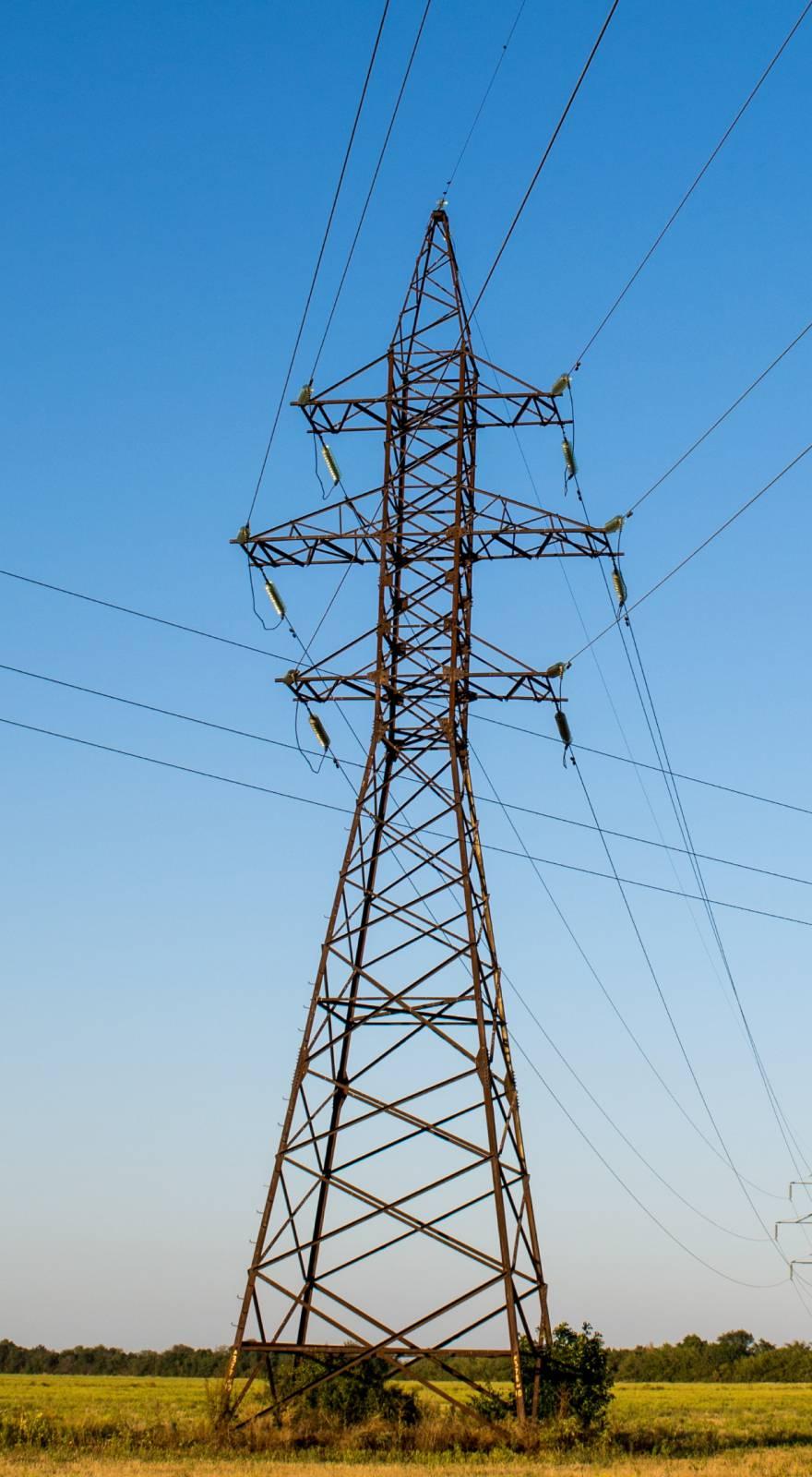Knowde Enhanced TDS
Identification & Functionality
- Chemical Family
- Reinforcement Material
- Composite Materials Functions
- Technologies
- Product Families
Features & Benefits
- Materials Features
- Product Highlights
The AD Series™ antenna materials from Rogers Co rporation are high performance, specialty materials that are specifically engineered and manufactured to meet the demands of today’s wireless antenna markets. Increased antenna performance requirements are a constant trend in the market today. Rogers has the materials needed to meet the design needs of this market both today and into the future. The AD Series antenna products are glass-reinforced, PTFE based materials that provide controlled dielectric constant, low loss performance, and very good passive intermodulation (PIM) performance. The woven glass reinforcement affords good circuit processability and enables high yield circuit board fabrication. The AD Series antenna products are manufactured to meet the wide variety of dielectric constant options that are needed for today’s antenna requirements. Dielectric constant options are available at 2.50, 2.55, 2.60, 3.00, 3.20, and 3.50 with a typical tolerance of ±0.05. The variety of options and tight control help to enable the circuit to meet the desired impedance every time. All AD Series antenna products are manufactured with standard electrodeposited (ED) and reverse treated ED copper foil options. This provides choices that are sufficient to help reduce both circuit losses and antenna PIM. Typical PIM values using reverse treated ED copper foil are -159 dBc at 30 mil thickness and -163 dBc at 60 mil thickness. These are typical values obtained using the extensive PIM testing capability at Rogers at 1900 MHz using a two tone, reflected method on a 50Ω microstrip test vehicle. Additionally, the AD Series antenna products are produced in a wide variety of thicknesses. Some products such as the AD250™ laminate are available from 10 mils through 250 mils. Others are more selective and offer fewer options. Please consult with your sales engineer or customer service representative for assistance in selecting the material options that are suitable for your application. Lastly, as PTFE based composites, the AD Series antenna materials have very low loss (typically less than 0.002 at 10 GHz), very low moisture absorption (less than 0.1%), and very high copper peel strength (greater than 10 pli). These features combined together make the AD Series laminates an ideal choice for antenna applications.
- Features
Low loss tangent (<0.002 at 10 GHz)
- Excellent circuit performance in all typical wireless frequency bands
Controlled dielectric constant (±0.05)
- Repeatable circuit performance
Very low PIM (-159 dBc at 30 mil, 1900 MHz)
- Excellent antenna performance and reduced yield loss due to PIM related issues
Excellent dimensional stability
- Repeatable circuit performance and improved manufacturing yields
Applications & Uses
- Applications
- Recommended Applications
- Cellular infrastructure base station antenna
- Automotive telematics antenna systems
- Commercial satellite radio antenna
Properties
- Typical Properties
| Value | Units | Test Method / Conditions | |
| PIM (30mil/60mil) | -159/-163 | dBc | Rogers Internal 50 ohm |
| Surface Resistivity | 5.1 x 10^7 | MΩ | IPC TM-650 2.5.17.1 |
| Flex Modulus (MD) | 1510 | kpsi | IPC-TM-650 Test Method 2.4.4 |
| Dielectric Constant (process) at 10 GHz | 2.97/3.03 | — | IPC TM-650 2.5.5.5 and (IPC TM-650 2.5.5.3) |
| Volume Resistivity | 1.7 x 10^8 | MΩ-cm | IPC TM-650 2.5.17.1 |
| Flex Modulus (CMD) | 1390 | kpsi | IPC-TM-650 Test Method 2.4.4 |
| Dielectric Constant (process) at 1 MHz | 2.94/3.03 | — | IPC TM-650 2.5.5.5 and (IPC TM-650 2.5.5.3) |
| Flexural Modulus (MD) | 22.1 | Kpsi | ASTM D790 |
| Dielectric Constant (design) | 2.94/3.03 | — | Microstrip Differential Phase Length |
| Flexural Modulus (CMD) | 18.5 | Kpsi | ASTM D790 |
| Dissipation Factor (process) | 0.0021 | — | IPC TM-650 2.5.5.5 |
| Tensile Strength (MD) | 17.7 | kpsi | ASTM D3039/D3039-14 |
| Thermal Coefficient of εr | -73 | ppm/°C | IPC TM-650 2.5.5.5 |
| Tensile Strength (CMD) | 17.5 | kpsi | ASTM D3039/D3039-14 |
| Electrical Strength (dielectric strength) | 750 | V/mil | IPC TM-650 2.5.6.2 |
| Dielectric Breakdown | 46 | kV | IPC TM-650 2.5.6 |
| Decomposition Temperature (Td) | min. 500 | °C | IPC TM-650 2.3.40 |
| Coefficient of Thermal Expansion - X Axis | 24 | ppm/°C | IPC TM-650 2.4.41 |
| Coefficient of Thermal Expansion - Y Axis | 23 | ppm/°C | IPC TM-650 2.4.41 |
| Coefficient of Thermal Expansion Z Axis | 98 | ppm/°C | IPC TM-650 2.4.41 |
| Thermal Conductivity | 0.37 | W/m/°K | ASTM D5470 |
| Time to Delamination (T288) | min. 60 | min | IPC TM-650 2.4.24.1 |
| Copper Peel Strength after Thermal Stress | 3.2 | N/mm | IPC TM-650 2.4.8 |
| Dimensional Stability (MD/CMD) | -0.08/0.02 | mils/inch | IPC-TM-650 2.4.39a |
| Moisture Absorption | 0.04 | % | IPC TM-650 2.6.2.1 |
| Density | 2.23 | g/cm3 | ASTM D792 |
| Specific Heat Capacity | 0.8 | J/g/°K | ASTM E2716 |

